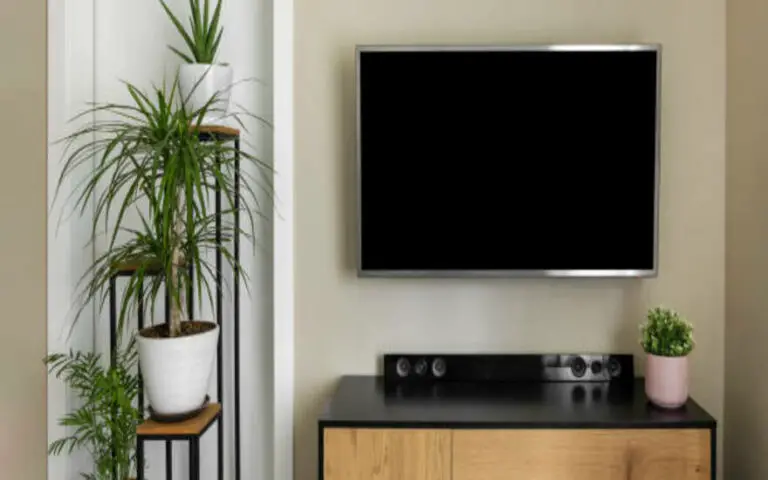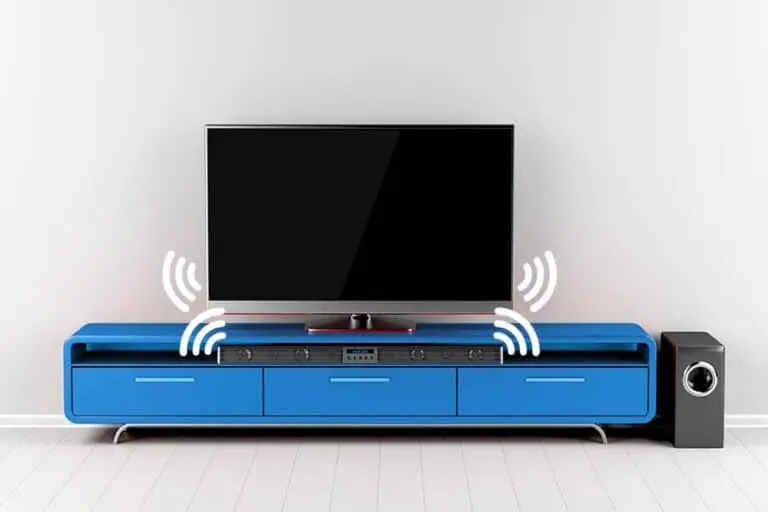As the popularity of soundbars continues to rise, it’s important to understand why your soundbar might not be as loud as expected. Whether you’re experiencing a low volume or poor sound quality, don’t worry – there are multiple reasons why this might be happening. In this blog post, I’ll be sharing ten potential reasons why your soundbar is so quiet and how to troubleshoot each one effectively.
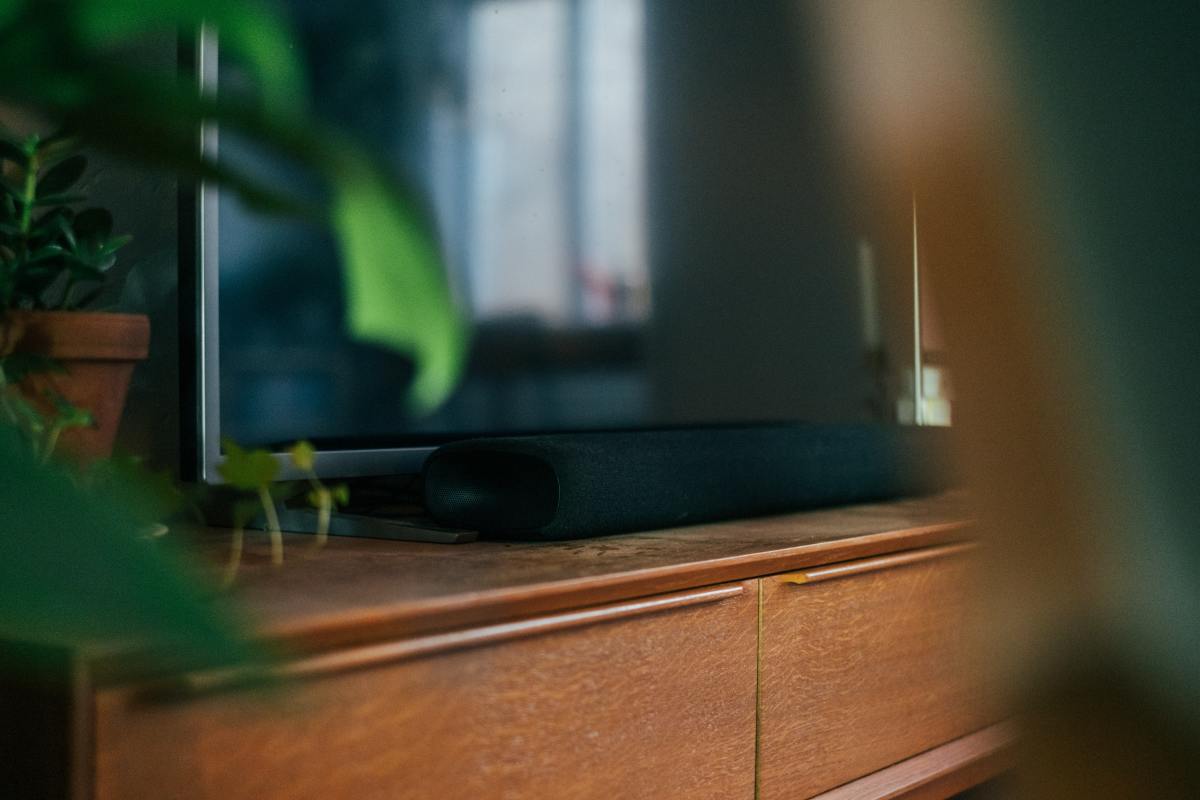
Why Is My Soundbar So Quiet: Common Problems
As a home cinema expert, one of the most common issues with soundbars is that they can sound quiet. This problem can be frustrating, especially when you invest in a soundbar to improve your TV sound quality. After all, the whole point of a soundbar is to provide better audio than TV speakers. The good news is that most fixes are fairly simple, and the root of the problem usually stems from an improper connection, an incorrect device setting, or poor physical arrangement.
To solve this, it’s important to check cable connections and adjust the volume settings. If the problem persists, you may need to update the firmware or upgrade your soundbar. Understanding the common problems associated with soundbars can help you troubleshoot and ultimately enjoy an enhanced home cinema experience.
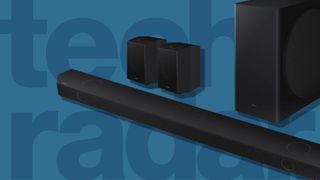
1. Better Sound Quality than TV Speakers
I’ve always preferred watching movies and TV shows with a good sound system, but in many cases, the built-in speakers on televisions just don’t cut it. That’s where the soundbar comes in. One of the main reasons I invested in a soundbar was to improve the sound quality of my TV’s built-in speakers. The soundbar gave more depth and clarity to the sound; the bass was deeper, and the vocals and high notes were more refined.
With a soundbar, I could easily amplify my TV’s sound quality. Since soundbars have multi-directional speakers, I felt I was getting a more immersive audio experience. Rather than just hearing sound from one direction, it surrounded me. Overall, I’ve been really happy with my decision to upgrade to a soundbar, and I’d recommend it to anyone who wants to improve their TV-watching experience.
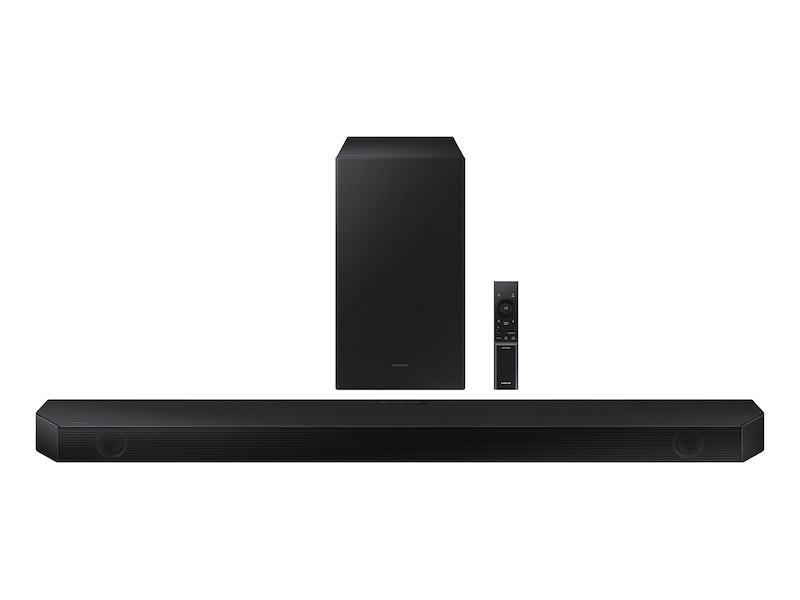
2. Dolby Sound Lowers the Volume
One common issue that can cause your soundbar to be quiet is the use of Dolby sound. While it can improve sound quality, it may lower the volume. This is especially noticeable if you have previously used your TV’s built-in speakers. To fix this, ensure you have a set of speakers capable of working with Dolby sound.
Additionally, check that the connected device and the speaker are turned on and the volume is up. If you’re still experiencing issues, consider adjusting the volume settings or upgrading to a better soundbar. By taking these steps, you can ensure you get the best possible sound quality from your home cinema setup.
3. No Sound or Poor Sound Quality
If you’re experiencing no sound or poor sound quality with your soundbar, don’t worry, it’s a common issue. It could be due to various reasons, such as cable connections, audio settings, or even the device not being turned on. It’s essential to check all connections between your soundbar and the connected device and ensure both are turned on with the volume set appropriately.
If you’re still experiencing issues, try adjusting the audio delay feature on your TV or receiver’s onscreen menu. Additionally, DAC and DRC settings can impact your sound quality, so make sure they’re adjusted correctly. If all else fails, don’t hesitate to contact customer service for assistance.
4. Check the Cable Connection
It could be your cable connection. Loose or faulty cables can cause audio signals to weaken, resulting in a quieter sound. Double-check that all cables connecting your soundbar to your TV are properly plugged in and secure. This is especially important when using analog audio cables, which are more prone to interference and loss of signal quality. Taking a few extra seconds to check your cable connections can make a big difference in the quality of your sound.
5. Dialog Too Quiet on LG SK10Y
As someone who loves to binge-watch shows on my LG SK10Y soundbar, I have often faced the issue of dialog being too quiet. It’s frustrating when you must keep adjusting the volume to hear what’s being said clearly. But the good news is that this is a common problem with soundbars and can be easily fixed. The first thing to do is to check the settings on your soundbar.
Sometimes, the audio balance may be off, affecting the dialog volume. Additionally, you may need to increase the center channel volume or adjust your sound mode settings. If all else fails, upgrade to a better soundbar or add external speakers to enhance your viewing experience.
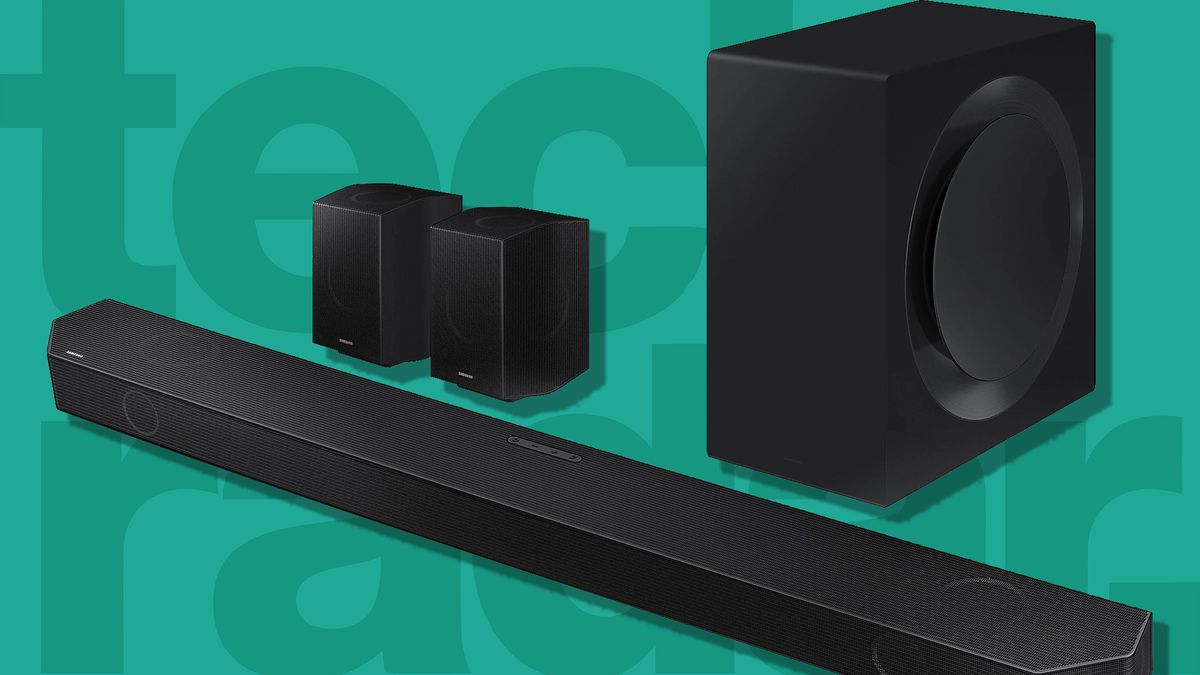
6. Surround Speakers or Subwoofer Not Working
Firstly, ensure that all your cables are securely connected, and the power is on. If that doesn’t work, try unplugging the subwoofer and rear speakers from the wall and plugging them back in. You may also need to press the device’s “pair” button. If that doesn’t resolve the issue, perform a test tone operation via your phone’s SmartThings app to check if the speaker channels function correctly.
Lastly, double-check that your soundbar is set to surround sound mode, and make sure your other devices, such as your TV, are also correctly set up. By following these steps, you’ll be well on your way to enjoying quality surround sound.
7. Try Rebooting Your Samsung Soundbar
If the volume on your Samsung soundbar is too low, you can try rebooting it. This common troubleshooting step can solve many issues with electronic devices. Before you do this, check all cable connections and adjust the volume settings. If the problem persists, unplugging the soundbar for 1-2 minutes can sometimes do the trick. Just be careful not to do a factory reset unless it’s necessary. You can quickly get your soundbar back to producing high-quality audio with patience and persistence.
:max_bytes(150000):strip_icc()/yamaha-yas-203-connect-cables-cc-5915d27b5f9b586470878b7f.jpg)
8. Check Cables for Loose Connections
This includes the wires running from the subwoofer to amplifiers, the interconnect cables at both ends, and any other cables connected to your soundbar. Adjust the seating and location to ensure a stable and secure fit if you find loose connections. By following these simple steps, you can get your soundbar back to delivering the high-quality sound you enjoy to the fullest.

9. Dynamic Range Control May Be the Issue
So, if you’re experiencing fluctuations in your soundbar’s volume, dynamic range control may be the culprit. This feature is intended to normalize sound levels across different media types but can cause issues if not configured properly. Check your soundbar or television’s settings to ensure dynamic range control is set correctly or disabled entirely.
On some soundbars, dynamic range control can be turned on or off for specific signals, such as DTS, so check all settings thoroughly. If you still have trouble, try adjusting the dynamic range compression level. Don’t be afraid to experiment with different settings until you find the right balance between dialogue and background noise. Remember, soundbars are meant to enhance your viewing experience, but getting that perfect sound might take some tinkering.

10. Understanding Sound Bar Components
Most soundbars have a left speaker, a right speaker, and a center speaker responsible for producing dialogue. Some soundbars even have additional surround speakers or a subwoofer for more immersive sound.
When troubleshooting soundbar issues, it’s important to check cables and connections to ensure everything is properly connected. Dynamic Range Control may also be an issue if the sound is too quiet. And if all else fails, upgrading to a better soundbar or adding external speakers may be the solution. You can make informed decisions for your home cinema setup by understanding a soundbar’s different components and features.

How can I make my soundbar louder? Three steps
First, adjust the volume settings on your soundbar or TV remote. Second, check your soundbar’s placement and connections to ensure everything is properly connected and positioned for optimal sound.
Adjust the Volume Settings
Adjusting the volume settings may seem like an obvious solution when dealing with a quiet soundbar, but it’s worth double-checking that everything is set up correctly. Start by ensuring that the soundbar and the connected device are turned on and the volume is up.
If you still have issues, navigate through the sound settings and make sure the audio format is set to Dolby Digital for better sound quality. Remember that enabling Dolby sound may lower the volume, so adjust accordingly. You can also disable absolute volume in Android to better control the soundbar’s volume. These simple steps can help you get the most out of your soundbar and elevate your home entertainment experience.

Check Soundbar Placement and Connections
One important thing to consider when troubleshooting a quiet soundbar is its placement and connections. Ensure the soundbar is placed in the optimum position, free from any obstructions that may interfere with the sound waves. Don’t block the soundbar with objects or furniture, which may cause sound reflection and distortion.
Also, check the cables and connections of your soundbar to ensure they are properly plugged in and functioning. If the connections are loose, the sound quality may be compromised, resulting in a quieter sound. By double-checking your soundbar’s placement and connections, you can eliminate one potential cause of a low volume and further troubleshoot any other issues that may be present.

Upgrade to a Better Soundbar or Add External Speakers
It might be time for an upgrade. Upgrading to a higher-end soundbar or adding external speakers can greatly enhance your audio experience. If you’re looking for a sleek and compact option, a new soundbar with more powerful speakers might do the trick.
However, if you invest more time and effort, external speakers can offer even richer and more nuanced sound. Before making any decisions, though, research and find the option best suited to your needs and budget. You’ll enjoy stunning audio quality for all your favorite movies and shows with a little investment.

